Saffron, renowned for its distinctive taste and aroma, is a widely used spice in various dishes, beverages, and even desserts. This precious spice not only enhances the flavor and color of food but also boasts significant medicinal properties, such as boosting mood and promoting health. However, with its high value, saffron is often subject to counterfeiting, which can mislead buyers into purchasing fake or adulterated products.
Identifying Pure Saffron with Gasoline
The simplest method involves placing saffron threads into gasoline. Authentic saffron does not dissolve or release color in gasoline. However, counterfeit saffron, often coated with artificial dyes, will change color or dissolve immediately.
Using Boiling Water to Verify Authenticity
If you do not have access to gasoline, boiling water is an effective alternative. Drop a piece of saffron into hot water and wait five minutes. Pure saffron will take its time releasing color, while counterfeit products will lose their hue almost instantly.
Testing Saffron with Natural Gas
You can also test saffron by exposing it to the flame of a natural gas burner. Genuine saffron turns purple or orange when exposed to methane flames. In contrast, fake saffron often turns yellow.
Examining the Appearance of Saffron
By carefully observing saffron threads under a magnifying glass, you can distinguish between real and fake saffron. Genuine saffron strands have a trumpet-like shape at their ends, while counterfeit strands may lack this distinctive form.
Using Paper to Detect Adulteration
An easy and effective way to test saffron is by placing its strands between a piece of plain paper or newspaper. Crush the threads gently. If no oily stains are left behind and the strands turn into powder, the saffron is pure. Otherwise, it might be mixed with impurities.
Judging Saffron by its Aroma
Experienced saffron buyers often rely on their sense of smell to verify authenticity. Pure saffron has a unique, slightly bitter taste and an alluring fragrance that cannot easily be replicated in fake saffron.
Identifying Saffron Based on its Color
Authentic saffron requires time to release its color when soaked in water, unlike counterfeit saffron, which releases color almost immediately due to artificial dyes.
Examining the Stigma (Calyx) of Saffron
The calyx of genuine saffron is less shiny compared to that of fake saffron. Shiny strands are often artificially enhanced, making them visually deceptive. However, this distinction is best confirmed in a lab environment.
By using these practical methods, you can ensure that the saffron you buy is both authentic and worth the premium price.
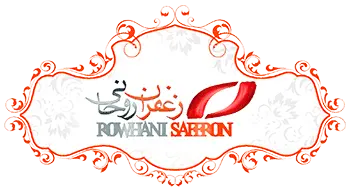
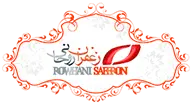
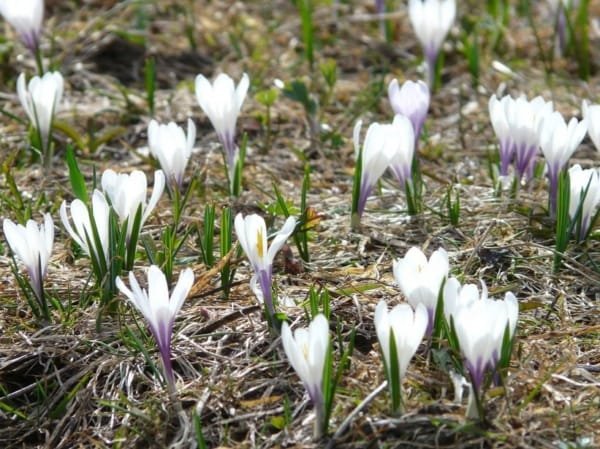
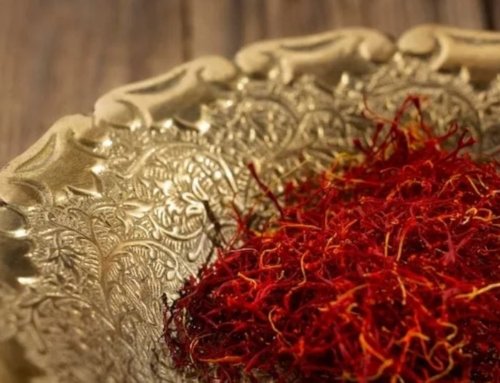
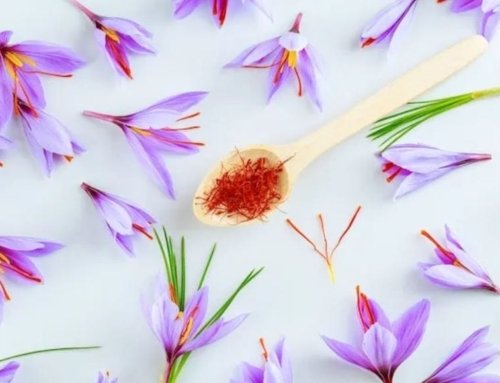
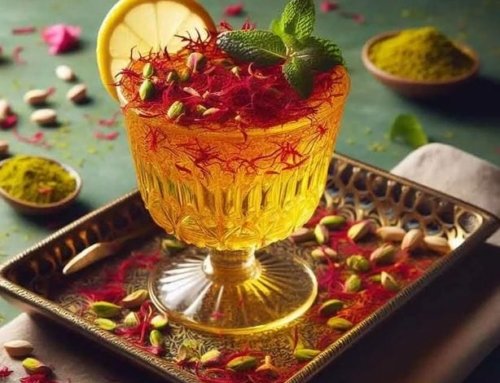
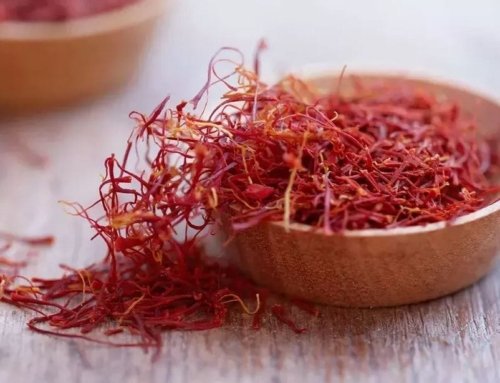
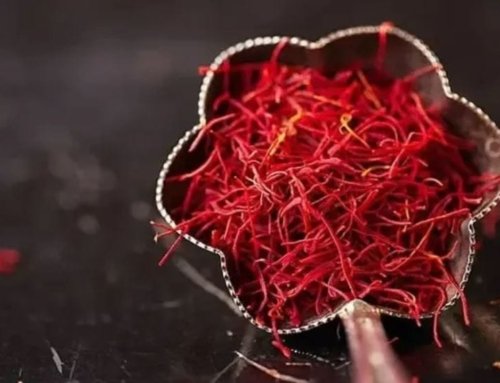
Get Social